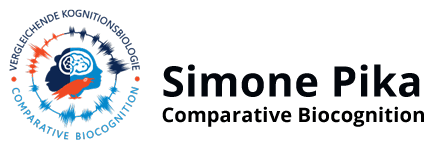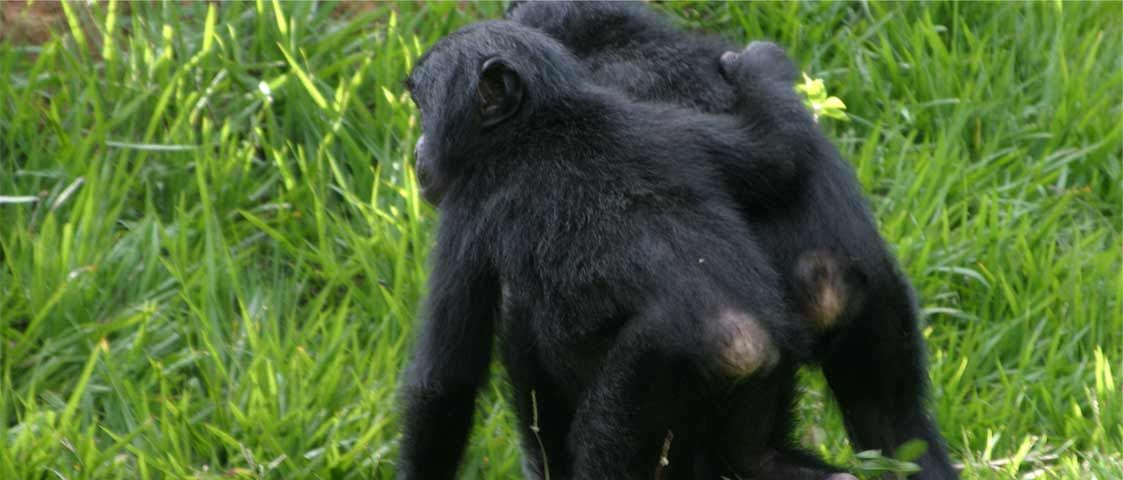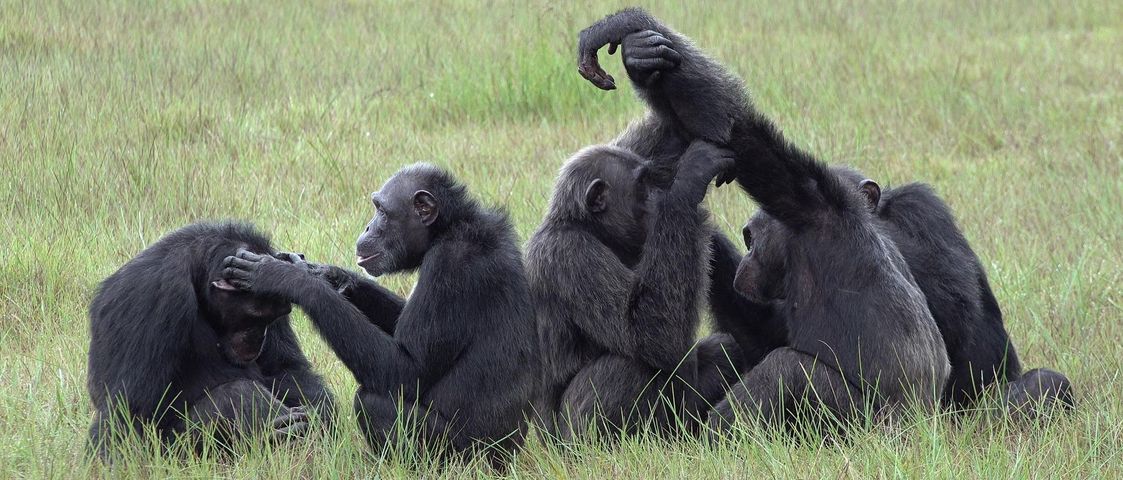"If indeed the fish will be the last to discover water, perhaps we can help ourselves by looking at some other species"
(Bruner 1971)
About CBC
How did language and other complex communication systems evolve? How do other animals think? How complex is animal culture? Which ecological, social and endocrinological factors shaped the evolution of sophisticated communicative and cognitive skills? How do communicative and underlying cognitive skills develop? How did human medical skills evolve? Which evolutionary presursors to human medical rituals and involved cognition can be found in other animal species?
These and many other questions are addressed at the Osnabrück Research Group for Comparative BioCognition (CBC).
To achieve this purpose, we explore different model systems:
- Children between 0 and 6 years of age,
- Our closest living relatives, bonobos (Pan paniscus) and chimpanzees (Pan troglodytes),
- Distantly related primate species: Sooty mangabeys (Cercocebus atys) and Common marmosets (Callithrix jacchus),
- Corvids: Ravens (Corvus corax), magpies (Pica pica), and Azure-winged magpies (Cyanopica cyanus).
- Bottlenose dolphins (Tursiops truncatus), a toothed whale, which shows highly complex communicative and cognitive abilities.
Diversity at CBC
In the CBC, we value every member of the scientific community within our group and beyond us. We strive to create a working atmosphere that is open, inclusive and safe. We encourage anyone around the world, who has similar interests to the CBC (namely to understand the evolution of language and cognition, animal behavior, animal cognition and communicative systems across species) to come and join us.






